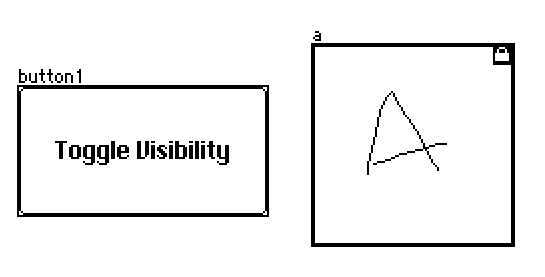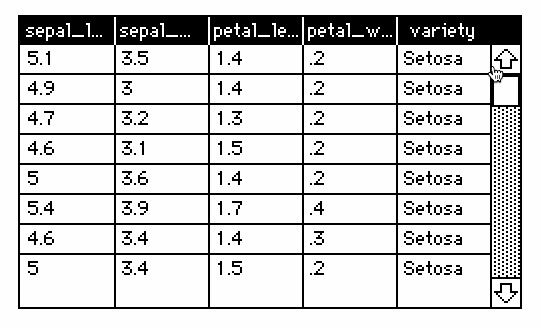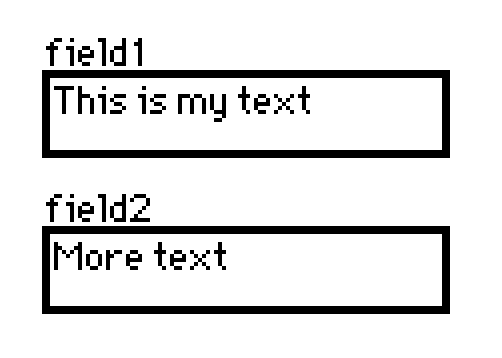I am running decker on bash in linux with ./c/build/decker, How do I print to stdout from that process?
I have tried
shell["/usr/bin/env bash -c \"echo asdas\""]
shell["echo asdas"]
shell["echo asdas > /dev/fd/1"]
which simply returns 0 and do nothing. I am not sure how it works.
print["adasda"] just prints inside the decker interface.




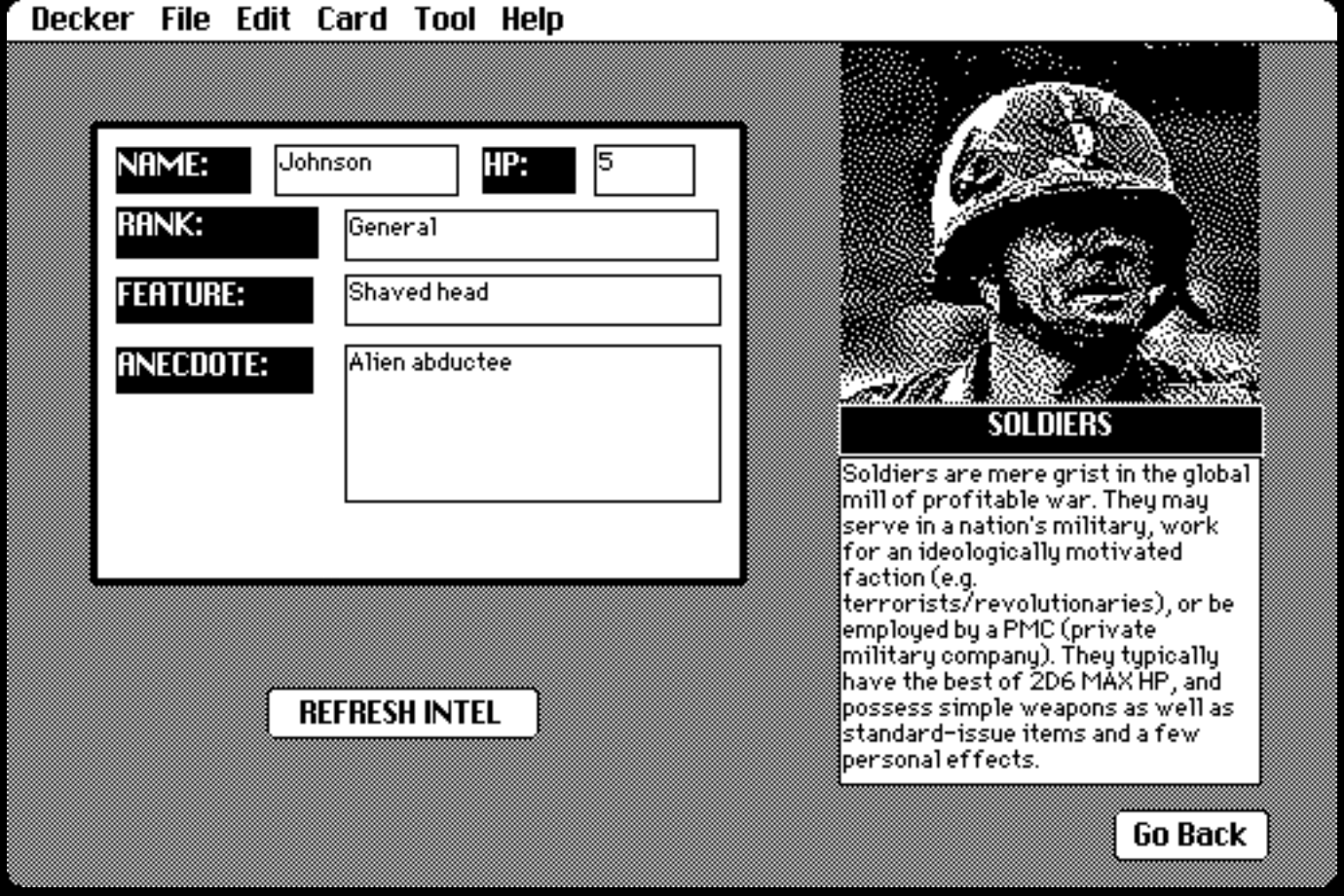
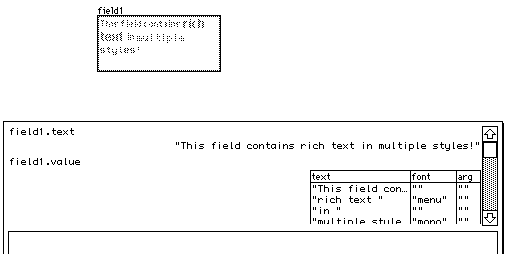
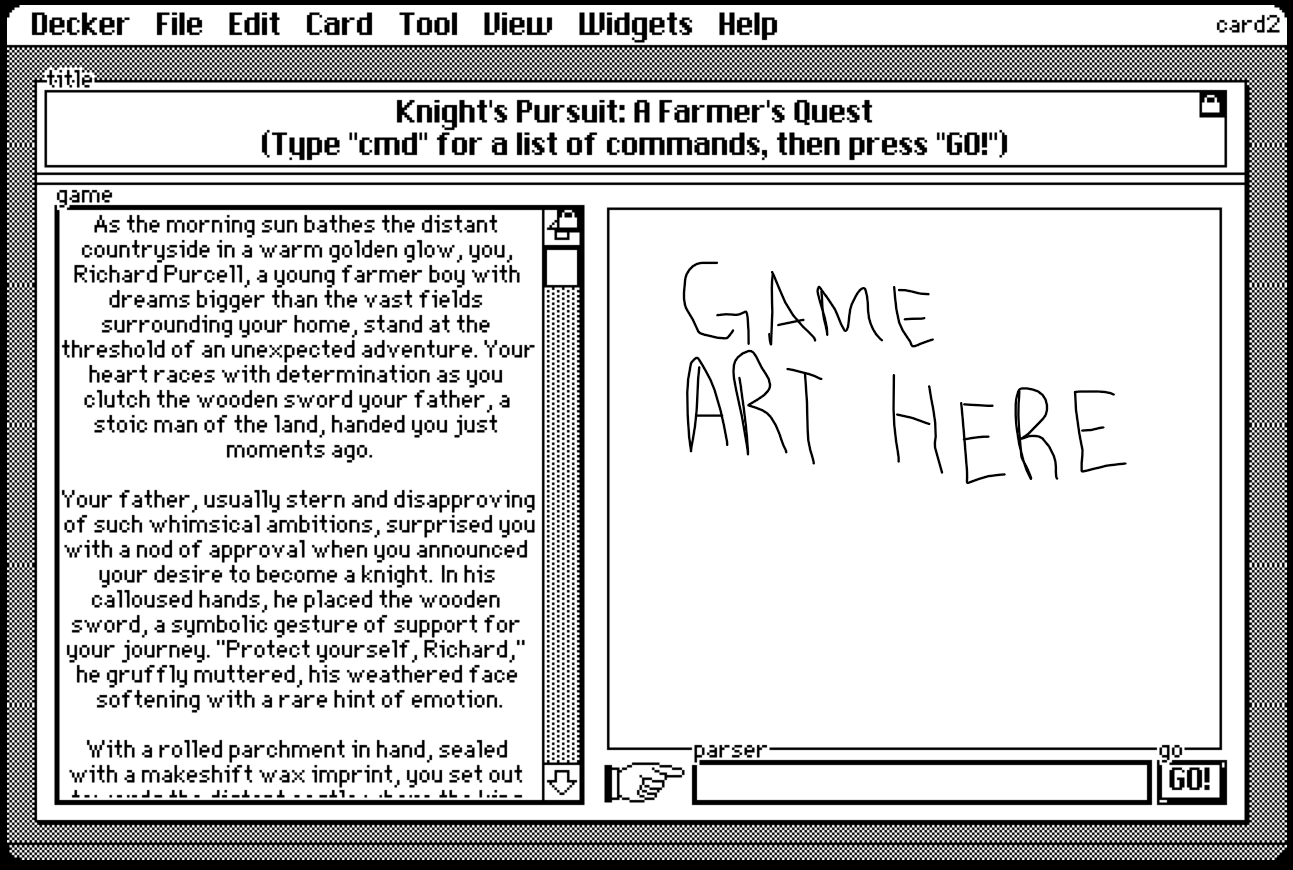
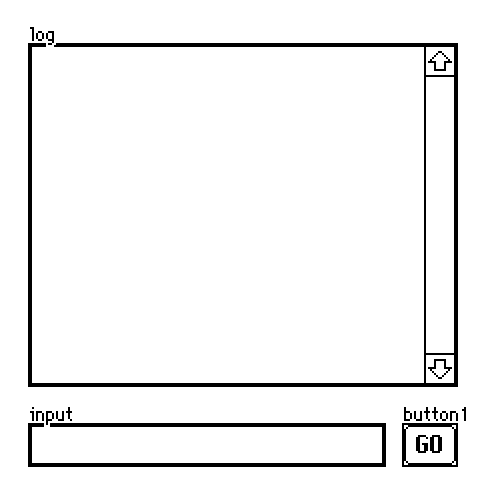

 Menu is the font name. Do you have any ideas what could cause this?
Menu is the font name. Do you have any ideas what could cause this?